Traditional Indian Flower Names and Their Gardening Benefits
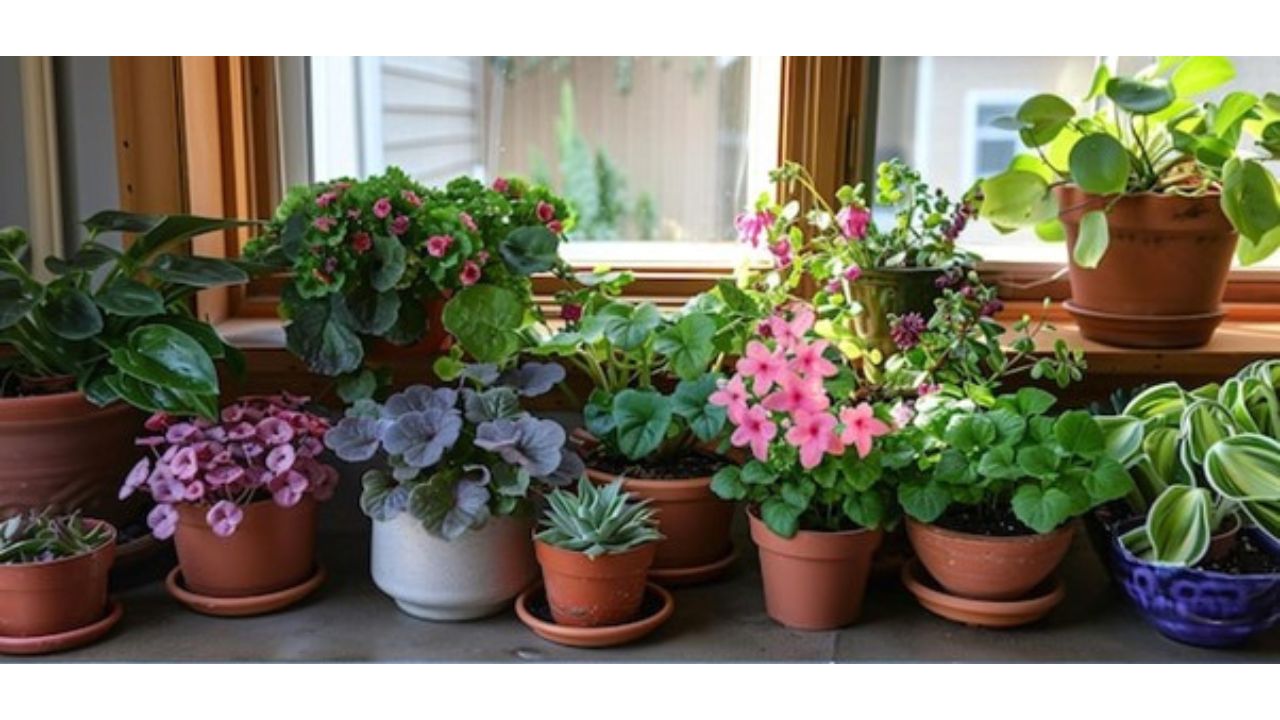
India is truly a land of colours, festivals, and rich traditions, and flowers have always played a central role in our culture. From decorating temples and homes during festivals to being a part of daily prayers and wedding ceremonies, flowers bring beauty, fragrance, and meaning into our lives. They are not just decorative elements; they carry cultural, spiritual, and even medicinal significance.
But flowers do more than just look pretty. Many traditional Indian flowers are incredibly beneficial for gardening. They can protect other plants from pests, improve soil quality, attract bees and butterflies, and even help maintain a healthy ecosystem in your garden. For example, planting marigolds around vegetables can naturally keep insects away, while jasmine and hibiscus attract pollinators that help your other plants grow better.
Growing traditional flowers at home is also a way to stay connected with our heritage. Flowers like lotus, rose, and Champa have been part of Indian culture for centuries, and cultivating them allows us to enjoy their beauty, fragrance, and benefits all year round. Whether you have a small balcony or a big backyard, traditional Indian flowers are easy to grow and bring a touch of nature, positivity, and cultural richness to your home.
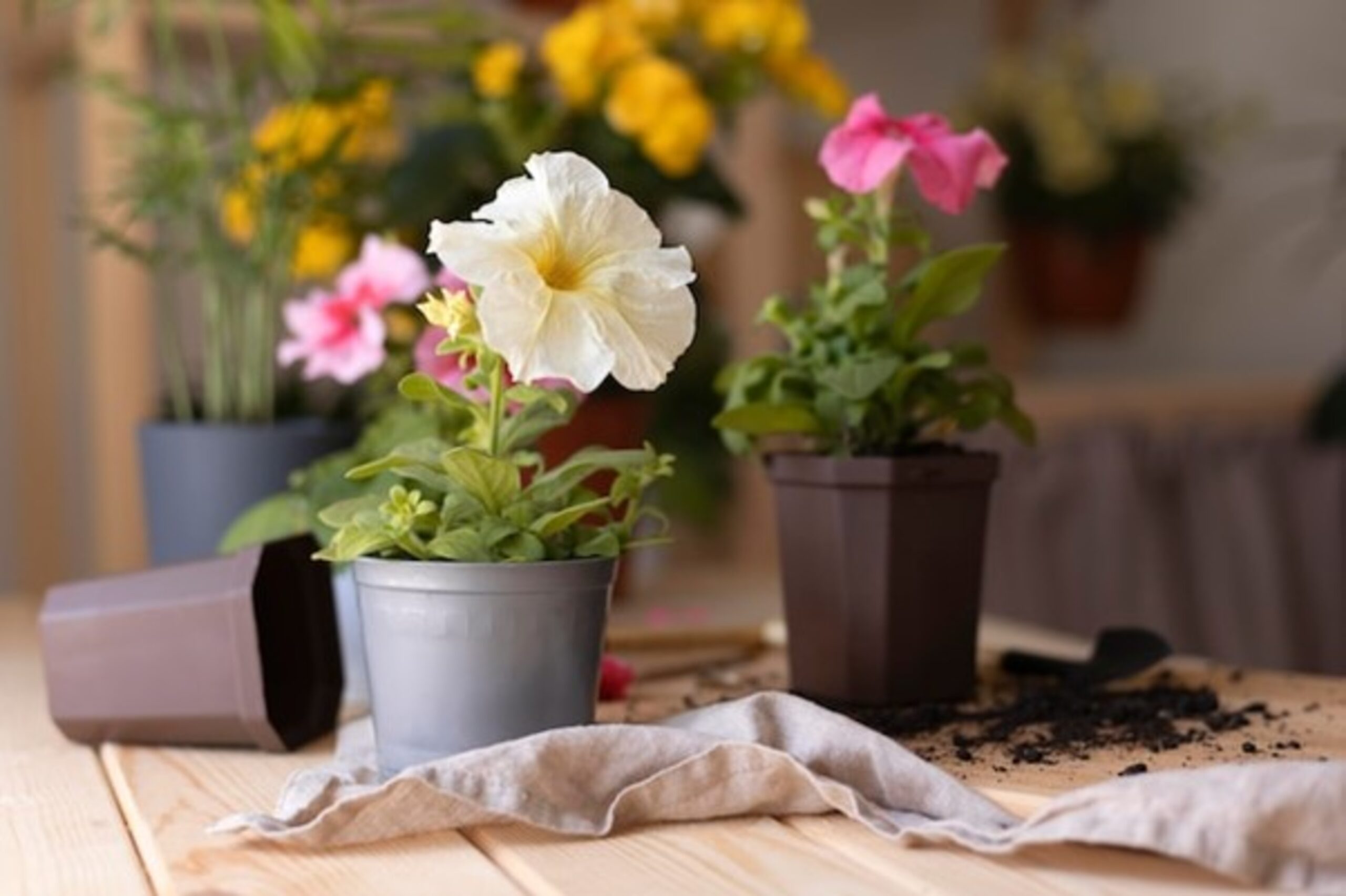
Importance of Traditional Flowers in Indian Culture
Traditional Indian flowers are not only admired for their beauty but also for their connection with spirituality, Ayurveda, and daily life. For centuries, people have grown flowers like marigold, jasmine, and hibiscus in their homes because they are considered pure, auspicious, and healing. By planting them, you are not just decorating your garden but also continuing a cultural practice that has existed for generations.
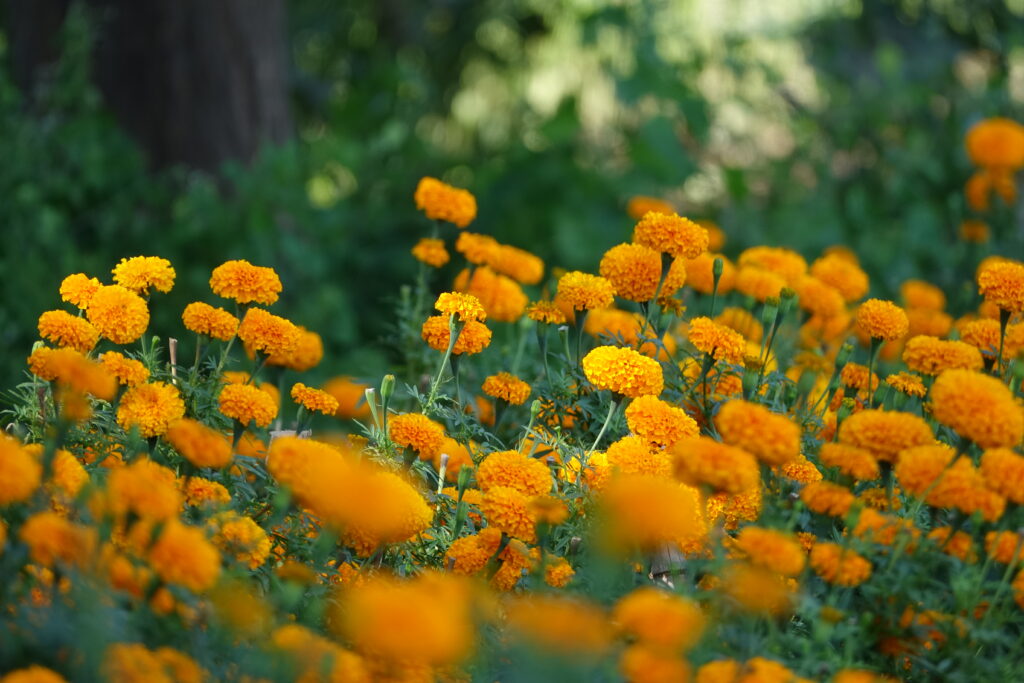
Marigold (Genda Phool) – The Protector of Gardens
Marigold is one of the easiest flowers to grow in Indian soil. It grows fast, needs little water, and thrives in sunlight. Farmers love marigolds because their smell naturally keeps away insects like mosquitoes, aphids, and whiteflies. This means you don’t need chemical sprays to protect your plants. Marigolds also bloom throughout the year, giving your garden a cheerful and colourful look.
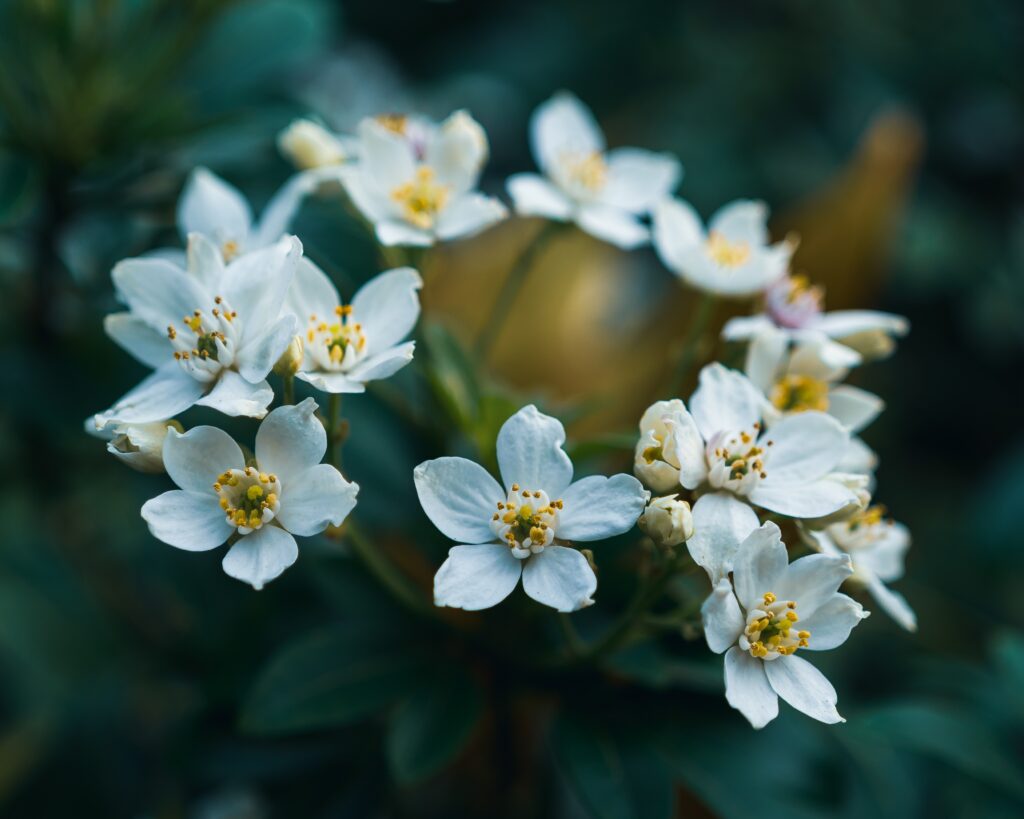
Jasmine (Mogra) – The Fragrance of Night
Jasmine is a favourite in Indian households because of its strong, sweet fragrance. Many people grow it near balconies or windows so the night air carries its perfume inside the home. Gardening-wise, jasmine is a magnet for pollinators like bees and butterflies. This helps other plants in your garden grow better through natural pollination. It also reduces stress, as studies say that the smell of jasmine can calm the mind.
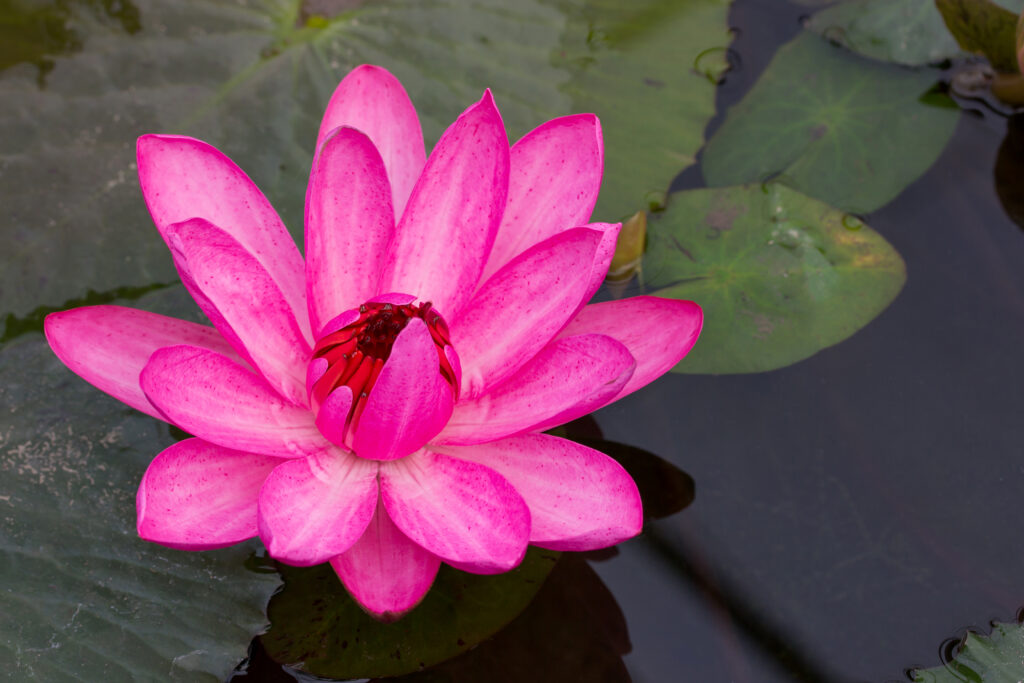
Lotus (Kamal) – Symbol of Purity and Peace
Lotus holds a sacred place in Indian culture. Seen in temples and mythological stories, it represents purity and positivity. In gardens, lotus can be grown in small ponds, tanks, or even wide containers with water. Apart from looking beautiful, it helps maintain the water balance and prevents algae from spreading. If you want to add a peaceful corner to your home garden, lotus is a perfect choice.
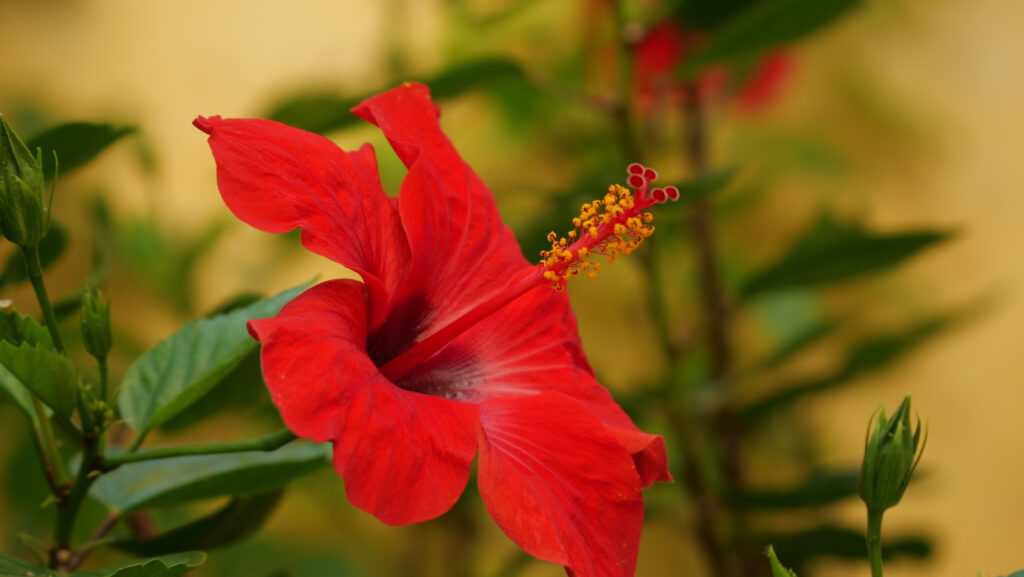
Hibiscus (Gudhal) – The Ever-Blooming Beauty
Hibiscus is famous for its large, colourful petals. It is also widely used in Ayurvedic medicine, especially for hair care. Hibiscus plants bloom almost all year long, so your garden will never look dull. They attract hummingbirds and butterflies, making your garden full of life. Plus, hibiscus leaves and flowers can be used to make natural tea that is good for health.
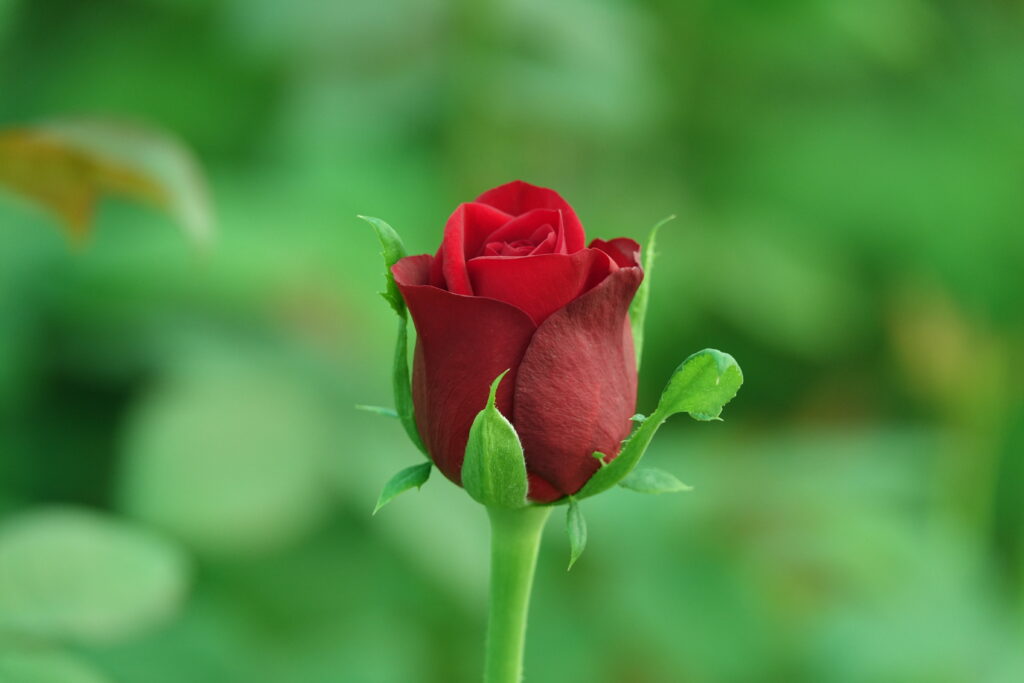
Rose (Gulab) – The Timeless Flower
Roses are not just flowers; they are emotions. In India, roses are used for worship, decoration, skincare, and even cooking (rose water and gulkand). Growing roses improves air quality, as the plant absorbs toxins from the environment. Roses also make your garden look rich and royal with their vibrant colours. They require regular care, but the result is always worth it.
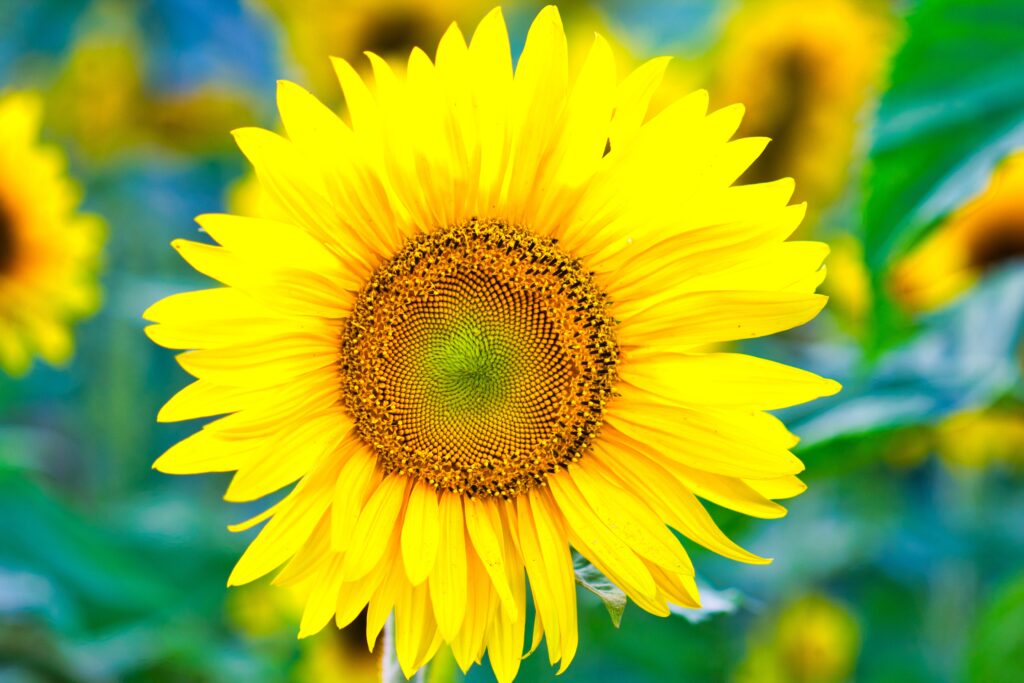
Sunflower (Suraj Mukhi) – The Sunshine Flower
Sunflowers bring a bright, positive vibe to any garden. They are tall and strong, always facing the direction of the sun. The gardening benefit of sunflowers is that they improve soil health. Their roots go deep, which makes the soil loose and fertile. Sunflowers also attract bees, which play a big role in pollination for vegetables and fruits in your garden.
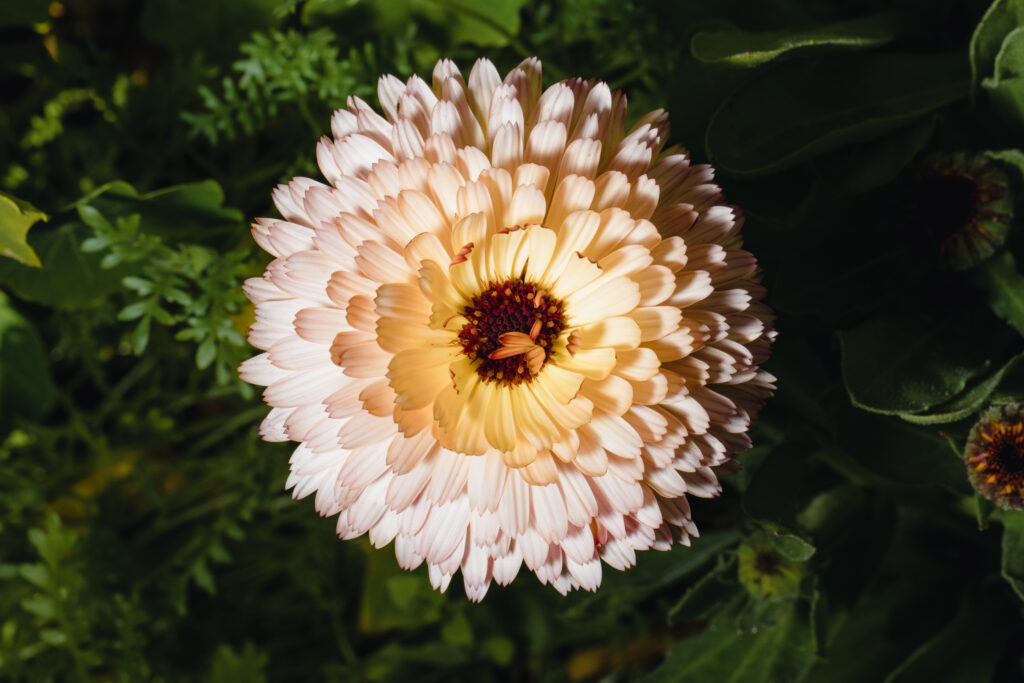
Chrysanthemum (Shevanti) – The Natural Insect Repellent
Chrysanthemums are available in different colours like yellow, red, and white. Apart from their beauty, they act as a natural insect repellent. These flowers produce a chemical called pyrethrin, which keeps mosquitoes, ants, and garden pests away. This means your garden stays healthy without harmful pesticides.
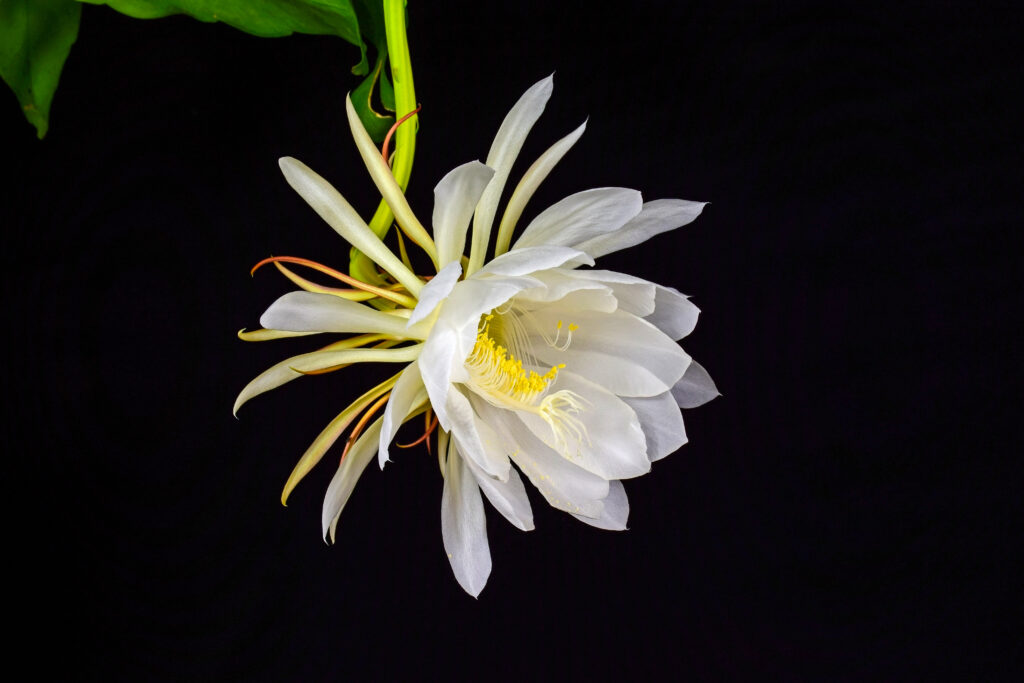
Tuberose (Rajnigandha) – The Flower of Night
Tuberose is another traditional flower loved for its strong fragrance. It blooms at night and is often used in garlands and perfumes. Growing tuberose in your garden will not only spread a lovely smell but also make evenings more relaxing. It prefers warm weather and well-drained soil, making it perfect for Indian climates.
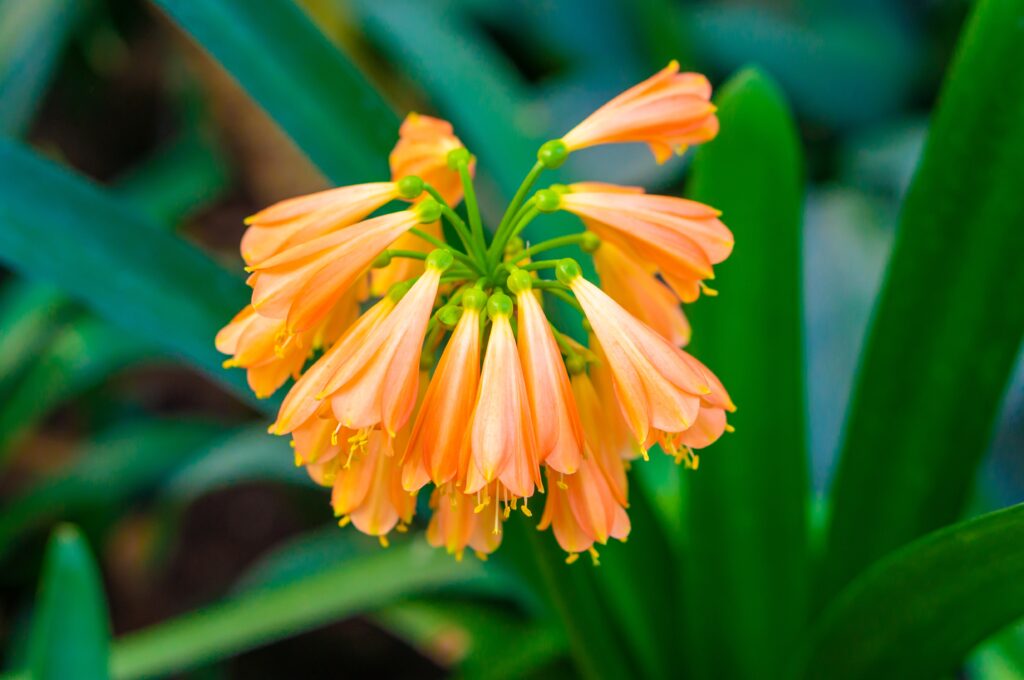
Ashoka Flower – The Sacred Healer
The Ashoka flower is considered sacred in many parts of India. It has bright orange-red petals and is linked with good luck and positivity. The tree itself is known for its medicinal value, often used in Ayurveda for women’s health. In gardening, Ashoka plants act as natural shade providers and keep the surrounding air fresh and cool.
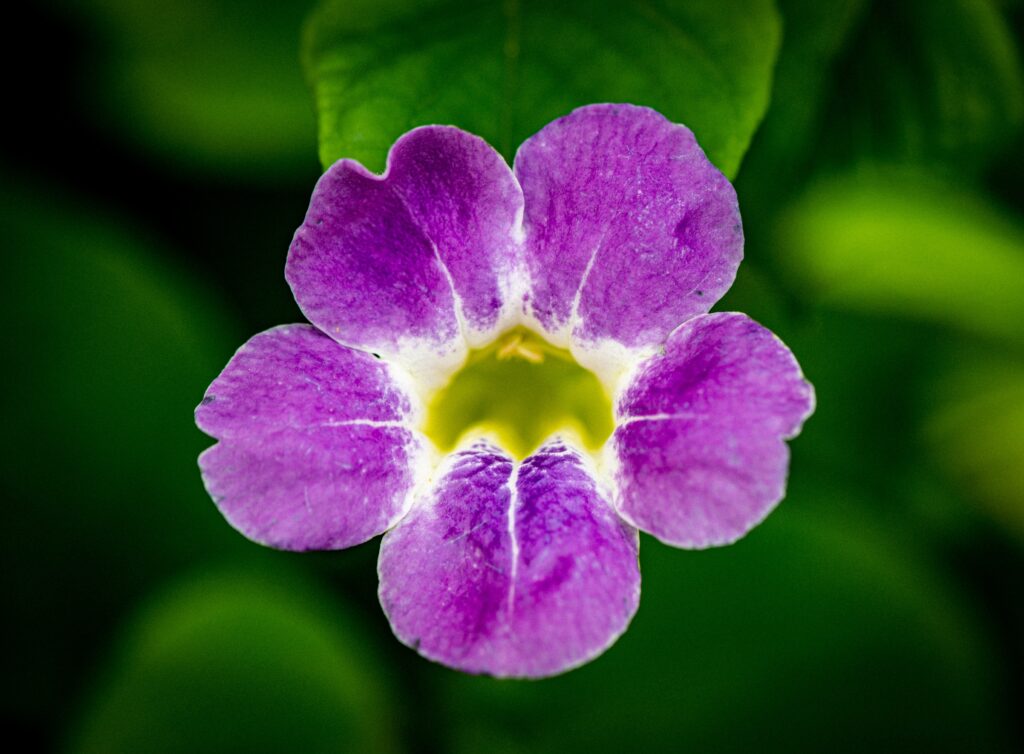
Aparajita (Butterfly Pea) – The Blue Wonder
Aparajita, also called Shankhpushpi, is a bright blue flower often used in puja and Ayurvedic medicines. This climber plant is easy to grow and adds beauty to any garden wall or fence. Its roots naturally fix nitrogen in the soil, making it fertile and healthy for other plants to grow better.
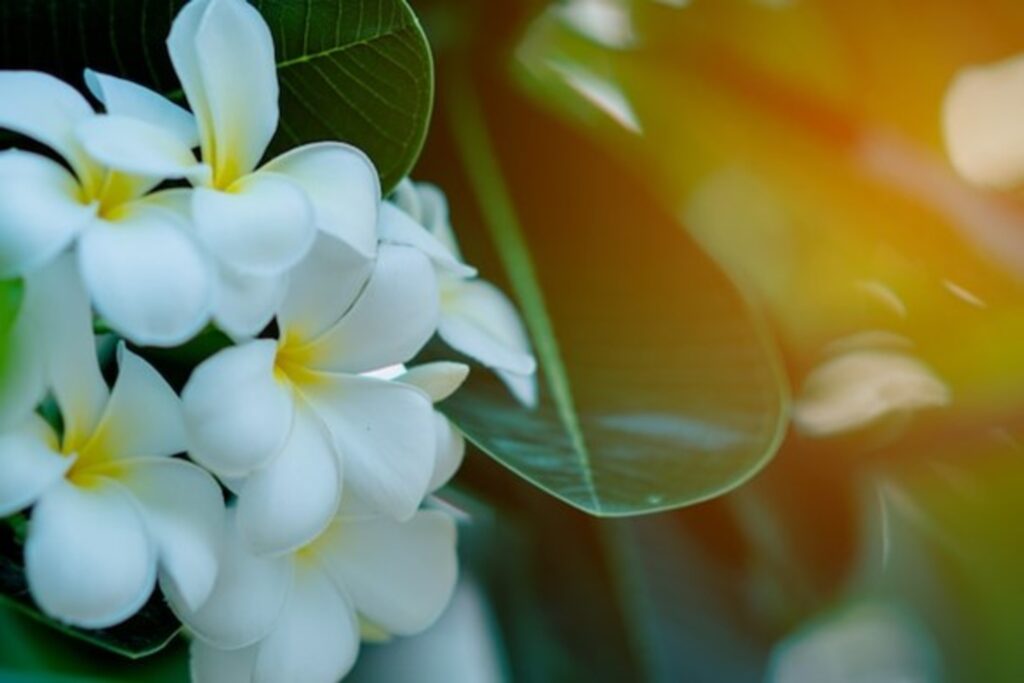
Champa (Plumeria) – The Temple Flower
Champa, also called Plumeria, is a sacred flower widely seen in Indian temples. Known for its soothing fragrance and beautiful white or yellow petals, it brings peace and positivity to any space. Planting Champa near entrances or gardens not only adds charm but also attracts bees, helping improve biodiversity and natural pollination.
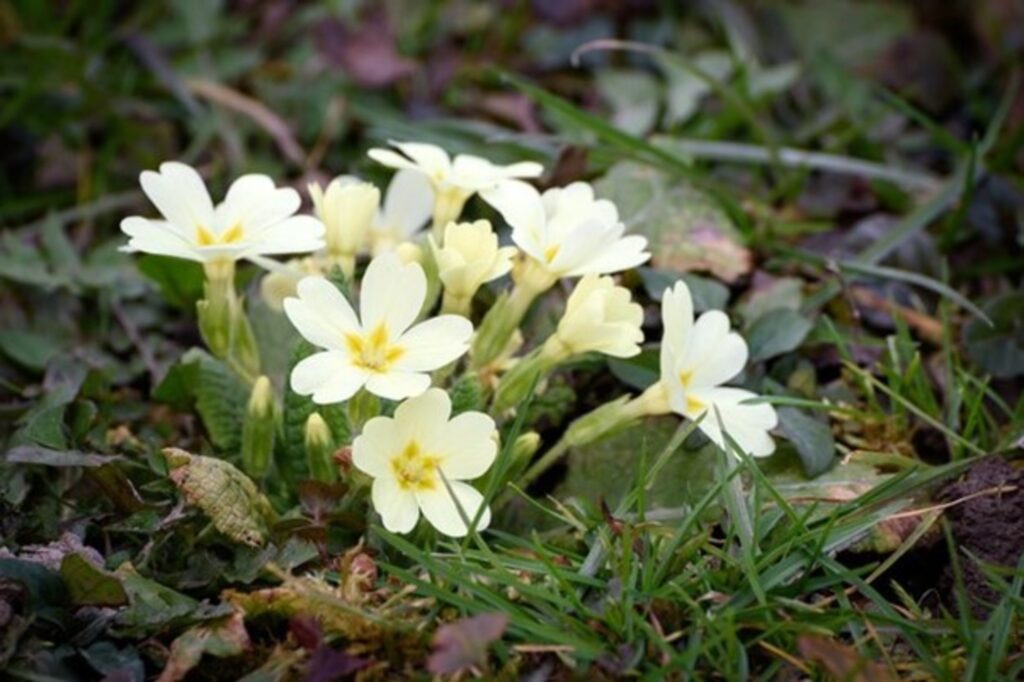
Parijat (Night Jasmine / Haarsingar) – The Morning Bloom
Parijat, also known as Night Jasmine or Harsingar, is a magical flower that blooms at night and gently falls to the ground by morning, covering it like a soft carpet. It holds deep cultural value, often used in puja rituals. Beyond beauty, Parijat has medicinal properties that support health, making it a meaningful choice for gardens.
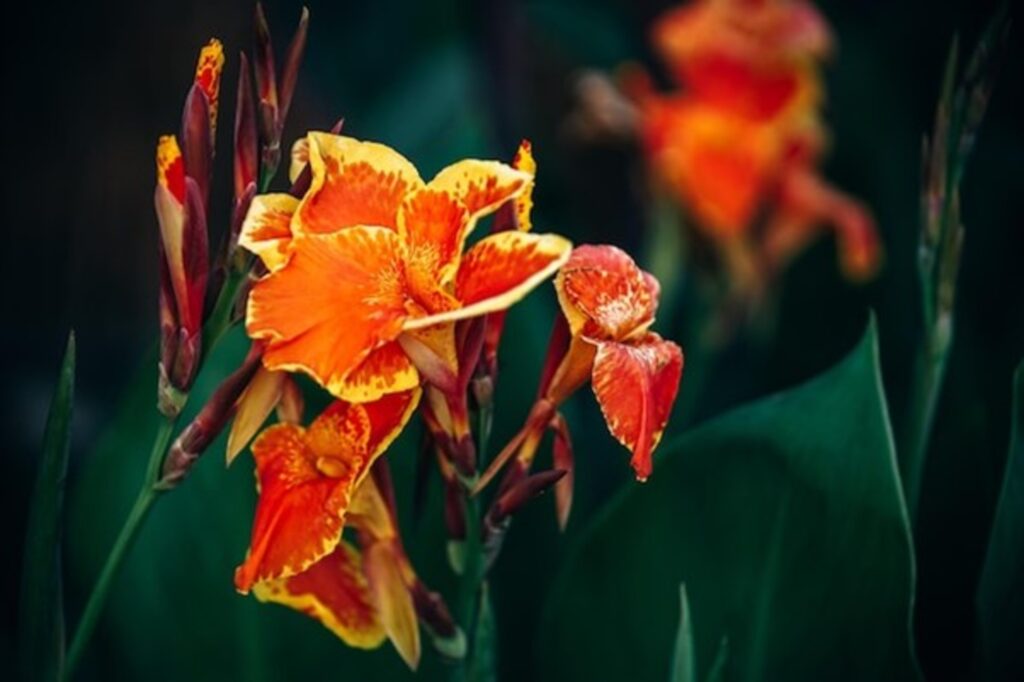
Palash (Flame of the Forest) – The Fire Flower
Palash, with its bright orange-red blossoms, is truly a sight to behold during festivals. Known as the “flower of celebrations,” it not only adds vibrant colour to your garden but also improves soil fertility naturally. Birds love it, bringing life and energy, making your garden feel lively and connected to nature.
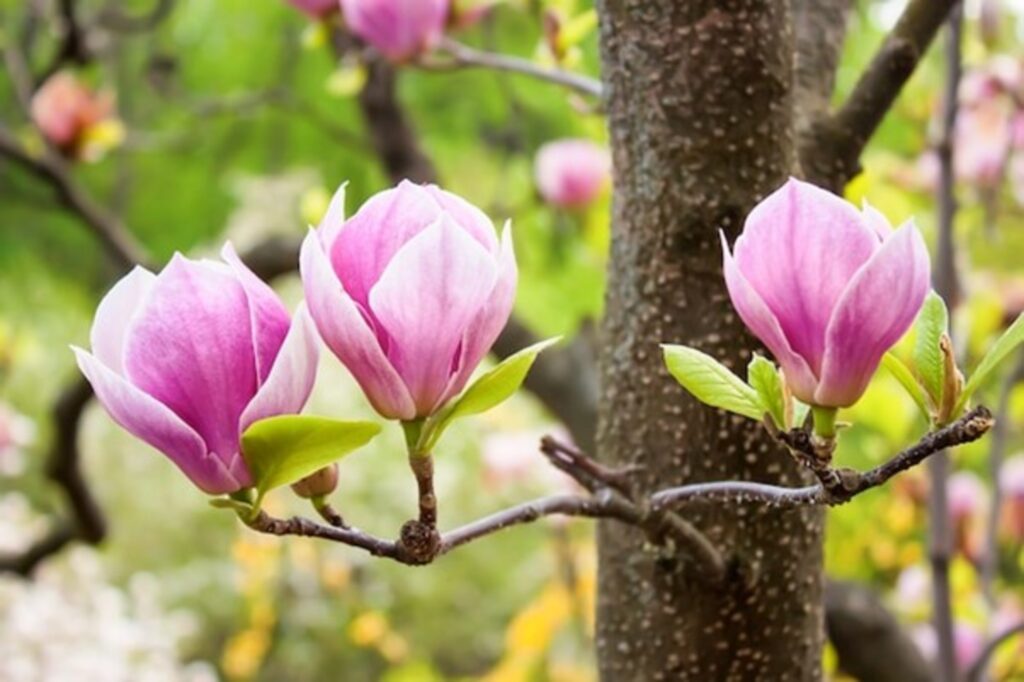
Magnolia (Champa Tree) – The Royal Scent
The Magnolia, often called the Champa Tree, is famous for its large, white, and fragrant flowers that fill the garden with a soothing aroma. Beyond its beauty, it provides natural shade on sunny days and helps purify the air, making your garden a peaceful and refreshing place to relax and enjoy nature.
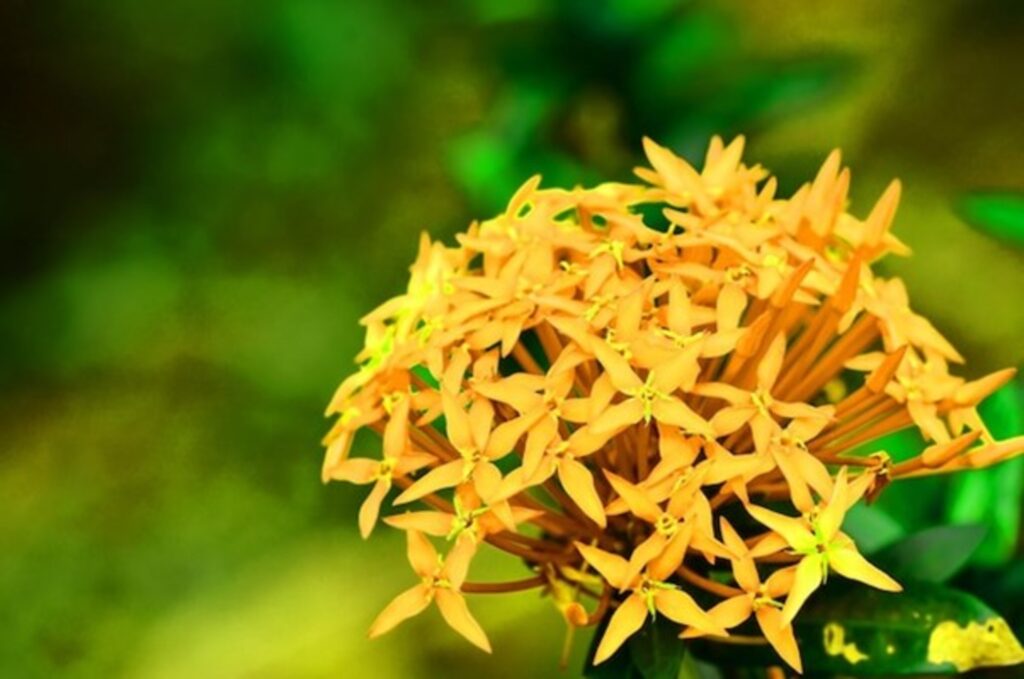
Kadamba (Krishna’s Favourite Flower) – The Monsoon Charm
Kadamba flowers are small, round, and bright yellow, instantly bringing life to any garden. Loved in Indian mythology and associated with Lord Krishna, these blooms flourish during the rainy season. Their sweet fragrance fills the air, creating a fresh, joyful atmosphere, making Kadamba a perfect choice for gardens that celebrate nature and tradition.
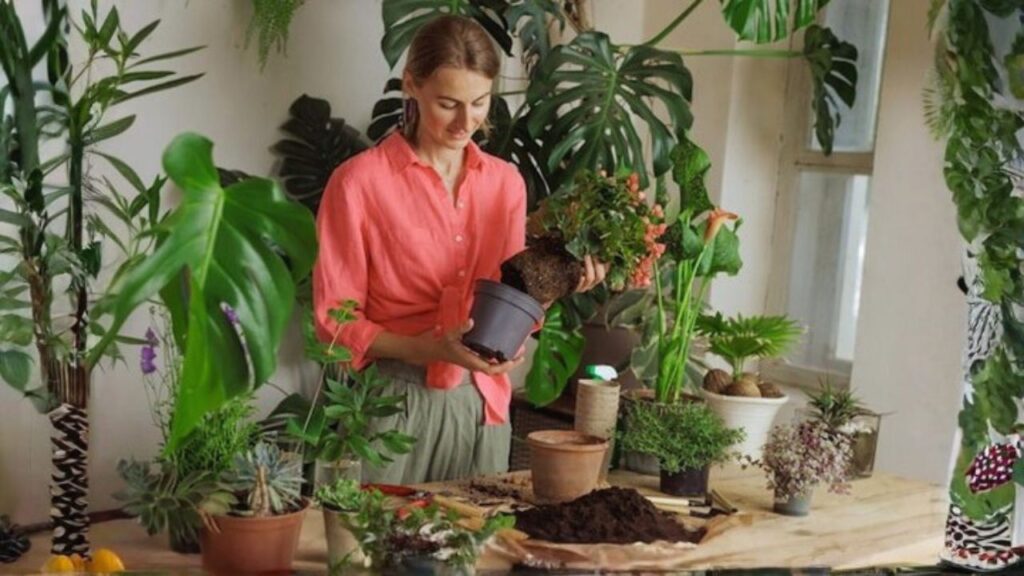
Benefits of Growing Traditional Flowers at Home
Growing traditional Indian flowers is more than just a hobby it’s a lifestyle choice. Here are some of the main benefits:
- Low Maintenance: Most Indian flowers are easy to grow in local soil and weather.
- Eco-Friendly: They reduce the need for chemical sprays by keeping pests away naturally.
- Cultural Value: These flowers connect you with Indian traditions, festivals, and rituals.
- Mental Health: Flowers like jasmine and tuberose reduce stress and bring peace.
- Biodiversity: They attract bees, butterflies, and birds, making your garden more alive.
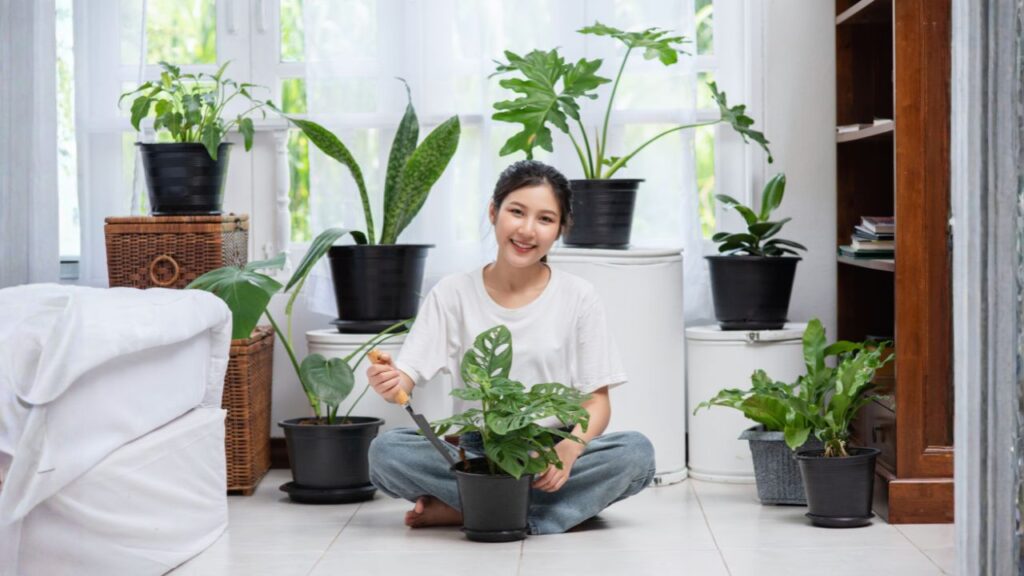
Tips for Beginners in Flower Gardening
Starting a flower garden can feel exciting but also a little overwhelming for beginners. The good news is that with simple tips, anyone can create a beautiful and healthy garden. Here are some easy-to-follow suggestions:
1. Choose flowers that match your local climate
Not every flower grows well everywhere. For example, marigolds and hibiscus love sunny weather, while chrysanthemums and tuberose prefer cooler climates. By choosing flowers suited to your region, you’ll save time and energy while ensuring they bloom beautifully.
2. Plant marigolds or chrysanthemums around your vegetable garden for natural pest control
These flowers act as natural protectors. Their smell keeps insects and pests away, reducing the need for chemical sprays. This is a simple trick to keep both your flowers and vegetables safe while staying eco-friendly.
3. Use organic compost to make soil healthy
Healthy soil is the secret to strong, vibrant plants. Mixing organic compost, kitchen waste, or cow manure into your garden soil provides essential nutrients, improves soil texture, and helps flowers grow faster and bloom more vividly.
4. Water plants in the early morning or evening
Watering during hot midday hours can harm plants as water evaporates quickly. Early morning or late evening watering ensures that the soil absorbs water properly, keeping your flowers fresh and hydrated throughout the day.
5. Mix flowering plants with herbs and vegetables for a balanced garden
Combining flowers with vegetables or herbs like basil, coriander, or mint not only makes your garden more colorful but also benefits other plants. Flowers attract pollinators, while herbs can naturally repel pests, creating a healthy and balanced garden ecosystem.
6. Give plants enough space to grow
Crowding flowers too close can make them weak or cause diseases. Make sure each plant has enough space to spread its roots and grow freely. This simple step ensures healthier and stronger blooms.
7. Prune and remove dead leaves regularly
Trimming old or dead leaves and flowers helps plants focus energy on new growth. It also keeps the garden neat and prevents pests or fungal infections from spreading.
8. Observe and learn from your garden
Gardening is a learning process. Watch how your plants react to sunlight, water, and soil. Note which flowers bloom faster, which need extra care, and which attract more bees or butterflies. Over time, this observation will make you a confident gardener.
9. Start small and expand gradually
For beginners, starting with a few easy-to-grow flowers is better than planting too many at once. Once you are comfortable, you can gradually add more varieties, creating a vibrant and diverse garden without feeling overwhelmed.
10. Use natural mulch to retain moisture and control weeds
Adding a layer of dry leaves, straw, or grass around your plants helps keep the soil moist for longer, reduces the need for frequent watering, and prevents weeds from taking over. Mulching also protects delicate roots from extreme heat and makes your garden look neat and tidy.
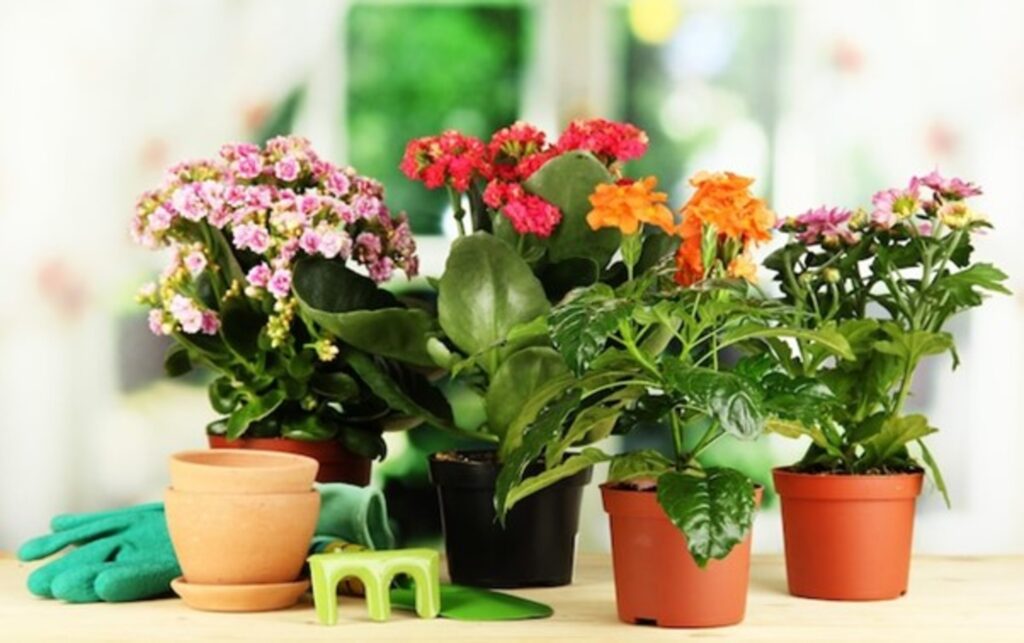
Conclusion
Flowers are nature’s simplest way of bringing beauty, joy, and positivity into our lives. By planting traditional Indian flower names like marigold, jasmine, hibiscus, lotus, rose, and tuberose, you are not only making your garden colorful and vibrant but also creating a healthy and eco-friendly space. These flowers naturally attract pollinators like bees and butterflies, improve air quality, and even protect other plants from harmful insects. Beyond gardening benefits, they carry our cultural roots and add spiritual and aesthetic value to your home. Whether you have a small balcony or a large backyard, growing these traditional flowers is easy, rewarding, and meaningful. They bring life, fragrance, and peace to your surroundings, making every day brighter and happier.
Frequently Asked Questions (FAQs)
Q1. Which are the most common traditional Indian flower names for home gardens?
Some of the most common flowers are Marigold (Genda), Jasmine (Mogra), Hibiscus (Gudhal), Lotus (Kamal), and Rose (Gulab). They are easy to grow and need very little care.
Q2. Which traditional Indian flowers are best for puja and rituals?
Flowers like Lotus, Champa, Parijat (Harsingar), and Jasmine are widely used in temples and daily prayers because they are considered pure and sacred.
Q3. How do traditional flowers help in gardening?
Many traditional flowers work as natural pest repellents (like marigold and chrysanthemum), attract pollinators (like jasmine and hibiscus), improve soil fertility (like aparajita and sunflower), and purify the air (like rose and Champa).
Q4. Can I grow traditional Indian flowers in pots or balconies?
Yes, flowers like jasmine, hibiscus, aparajita, and marigold can easily be grown in pots or containers. They are perfect for balconies, terraces, and even small spaces.
Q5. Which traditional flower is best for fragrance in the garden?
If you love fragrance, plant Jasmine (Mogra), Champa, Rajnigandha (Tuberose), or Parijat. These flowers release a sweet smell, especially at night, and make your home feel fresh and relaxing.
